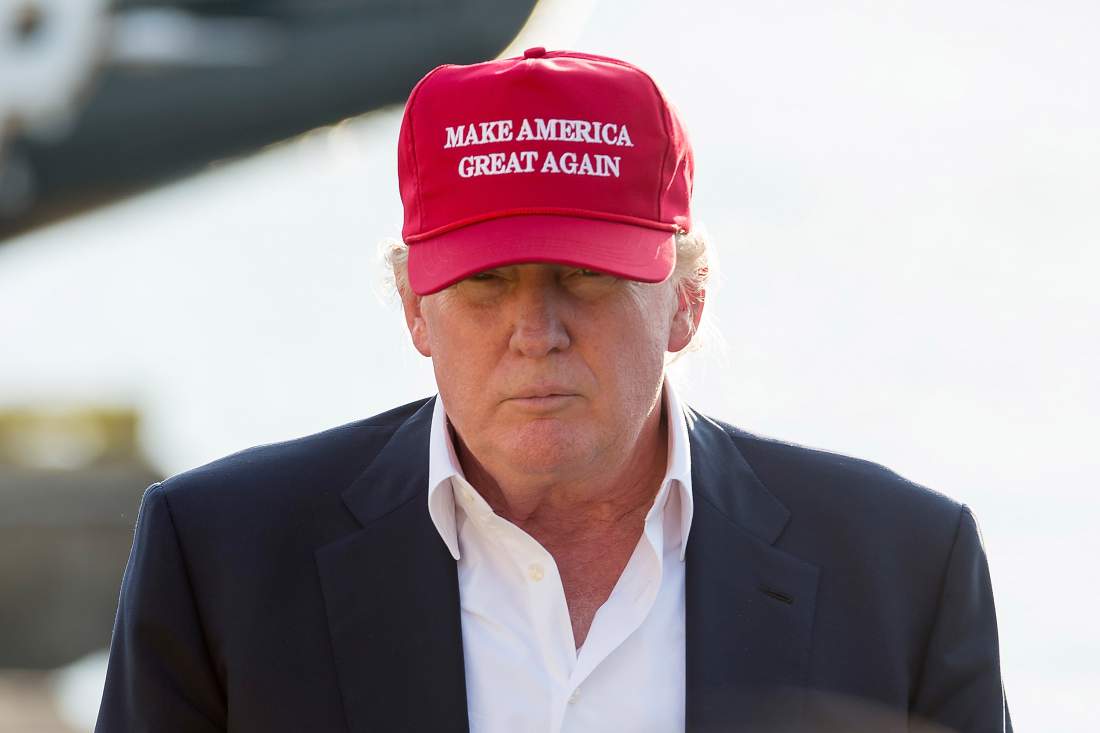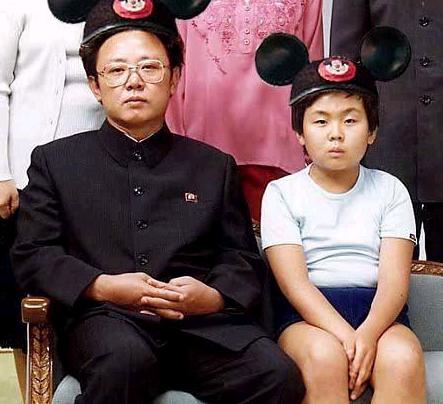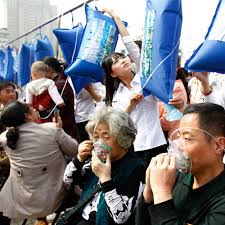
One of my favorite journalists at the New Yorker–anywhere, really–is Evan Osnos, who does wonderful work whether reporting on China or politics or whatever. His latest piece, “Making a Killing,” published in the wake of the horrific Orlando massacre, investigates the gun industry in America, now a “concealed-carry” country and home to an unofficial militia of millions with often-minimal firearms training.
He writes of this surprisingly recent phenomenon: “In 2015 fatalities from mass shootings amounted to just two per cent of all gun deaths. Most of the time, when Americans shoot one another, it is impulsive, up close, and apolitical.” Despite a marked decline in crime and hunting in recent decades, manufacturers have for a quarter century sold fear in order to peddle their lethal wares. It’s largely been wildly successful.
Osnos also conducted a companion Ask Me Anything at Reddit (a few exchanges are embedded below) in which he shares his belief that the nature of the debate is in flux, perhaps veering more toward stricter regulations. One aspect of the topic not discussed in either piece is the near-term future of 3D printers, which will probably be able to turn out an endless supply of perfectly workable handguns at some point over the next decade. When you have printers printing out other printers and so on, it’ll be difficult to get a grip on guns regardless of laws.
Question:
More than half of handgun deaths are suicides. A significant percent of the remainder are perpetrated by and against those willfully engaged in illegal gang and drug activity (not your stereotypical NRA member). And nearly all are due to handguns rather than rifles. Why is gun control focused on the low-hanging fruit of NRA and “assault weapons”?
Evan Osnos:
You’re absolutely right about the preponderance of gun deaths coming from handguns, not long guns. Often, this gets lost in the moments after a mass shooting that involves a long gun (usually semiauto, obviously). But I wouldn’t characterize the NRA as “low-hanging fruit.” They have been the most successful advocates for gun rights in the last century. The organization is essential to any discussion of guns, and they would agree with that (though not with criticism of them, of course).
Question:
I listened to a brief portion of your interview on Fresh Air and you said (paraphrasing) that the moment you introduce a gun to your house, you double the chances of a homicide. Is this not the fallacy of correlation and not causation? The moment I introduce a lawnmower to my house, I significantly increase my chances of accidents involving lawnmowers. If I have a swimming pool installed, I significantly increase the chance of drowning. You paint the picture of an uninformed gun owner by and far, responsible gun owners understand and take steps to minimize the risks of gun ownership.
Evan Osnos:
I hope you’ll have a chance to listen to the whole thing. The guns vs. swimming pool analogy has been dealt with pretty well elsewhere, so I won’t rehash other than to say that it’s difficult, but not impossible, to use a swimming pool to kill a spouse in a domestic dispute — or to use a swimming pool to kill your neighbor, or, if you’re unwell, to massacre people in a movie theatre. I’m not trying to be facetious; it’s an important point: Bringing a gun into the house raises your risks of homicide and that’s precisely the point. It’s not just the risk of homicide to a home invader, obviously.
Question:
In your reporting, what was the biggest myth about guns that you discovered?
Evan Osnos:
There are myths on both sides: Many gun-control advocates imagine gun-owners = NRA. They’re not the same. As I write in my piece many gun-owners are turned off by the fear-mongering, the insults to their intelligence. At the same time, I met a lot of gun owners who are convinced that urban elites want to confiscate their guns. The truth is that urban elites, if you want to call them that, could care less what others have stashed in their safes — they just don’t people getting shot all the time. There is so much room for people to meet in the middle on this, but it requires putting aside some myths we are convinced are true.
Question:
I’m in the process of reading your article, so I apologize if you covered this at length already, but in the research you’ve done, what would you say is the most impactful move that could be taken to immediately curb, to any extent, gun violence?
On a non-gun related point, what is your favorite piece that has been published by the New Yorker this year?
Evan Osnos:
Anybody — especially people who favor free markets — should conclude that the Protection of Lawful Commerce in Arms Act was a big mistake. Imagine if Exxon was protected from liability after the Valdez? That’s not how markets should work. It will probably be revised or repealed to make sure that companies are doing safe work — as with any industry.
Also, on TNY pieces, Patrick Keefe has been on a tear. Read and diagram and study anything he writes.
Question:
What was the most difficult aspect of investigating the NRA at that depth?
Evan Osnos:
I appreciated the fact that the NRA welcomes journalists to the annual meeting etc. It’s a fair way of ensuring people understand the organization. But the leadership, and the businesses that support the NRA, are oddly secluded. Wayne LaPierre gives very few interviews, and gunmaker CEOs almost never talk. It’s too bad because they could make a case for themselves.
Question:
I’ve read about how, for the NRA, part of selling self-defense is marketing towards women. As you were reporting, did you encounter many “success stories” involving women who used their guns?
Evan Osnos:
The NRA is making a big push on marketing to women — and it’s been doing this consistently for two decades. But it’s been an uphill climb. The General Social Survey shows that gun ownership among women has barely budged. This data drives the industry crazy, because they say they are seeing more women customers. So what gives? Multiple gun dealers told me they think that women are coming in more often as part of a group or a family. But it’s hard to get them to buy in the long term. So the core gun owner remains: white, male, aging.
Question:
I am uneducated in the gun industry and try not follow politics but here’s a question. Do you think that with big Associations like the NRA there is even a chance to get any sort of reform? It seems like we are in a battle that cannot be won, they simply have too much money and too much influence on politics for any real change to happen IMO.
Evan Osnos:
Actually, strangely perhaps, I have a different view: Studying guns reveals just how NON-static American political history is. Nothing stays the same for long. The strength of our system is, in fact, the resilience and flexibility of it. It’s the gay-marriage principle. History happens slowly, then all at once. I’m increasingly convinced we’re on course for a rapid shift of opinion on guns.•







